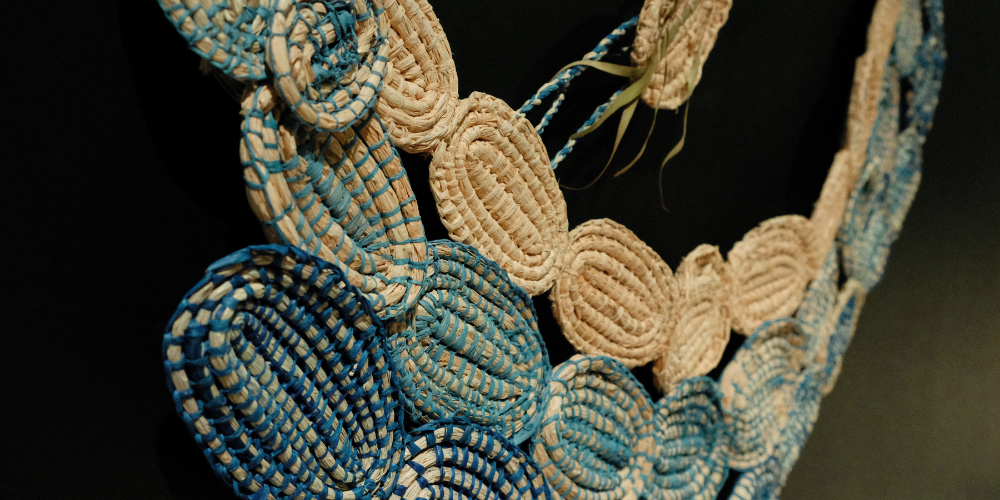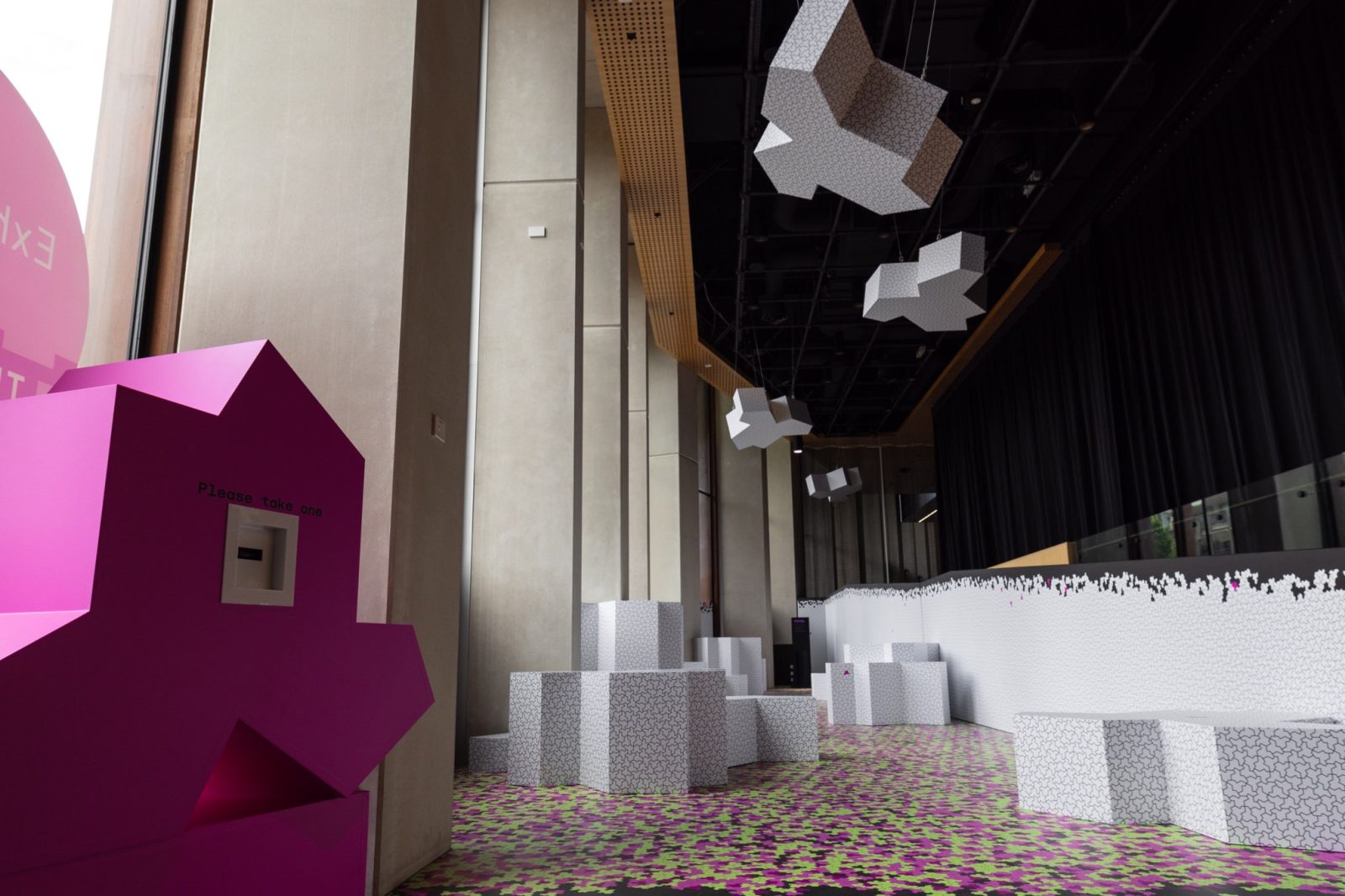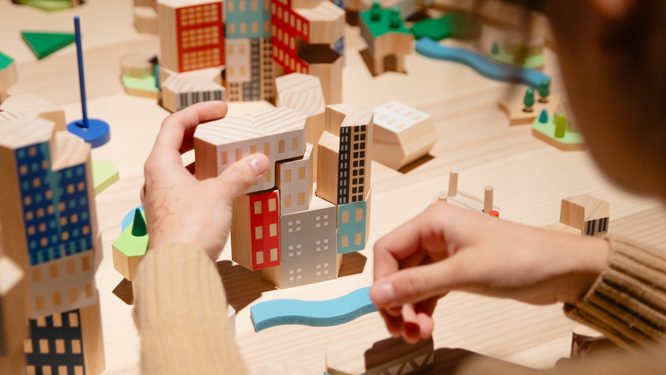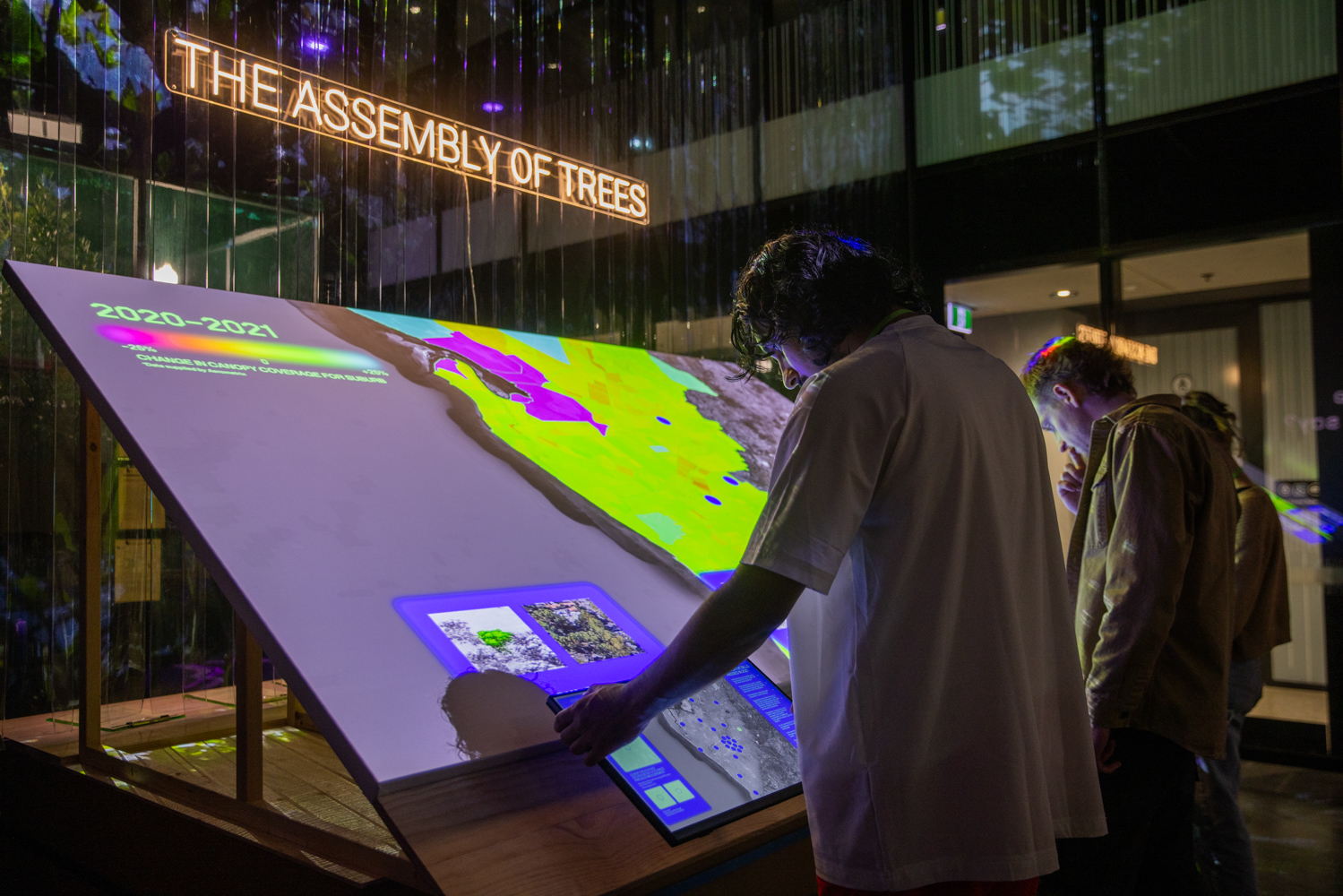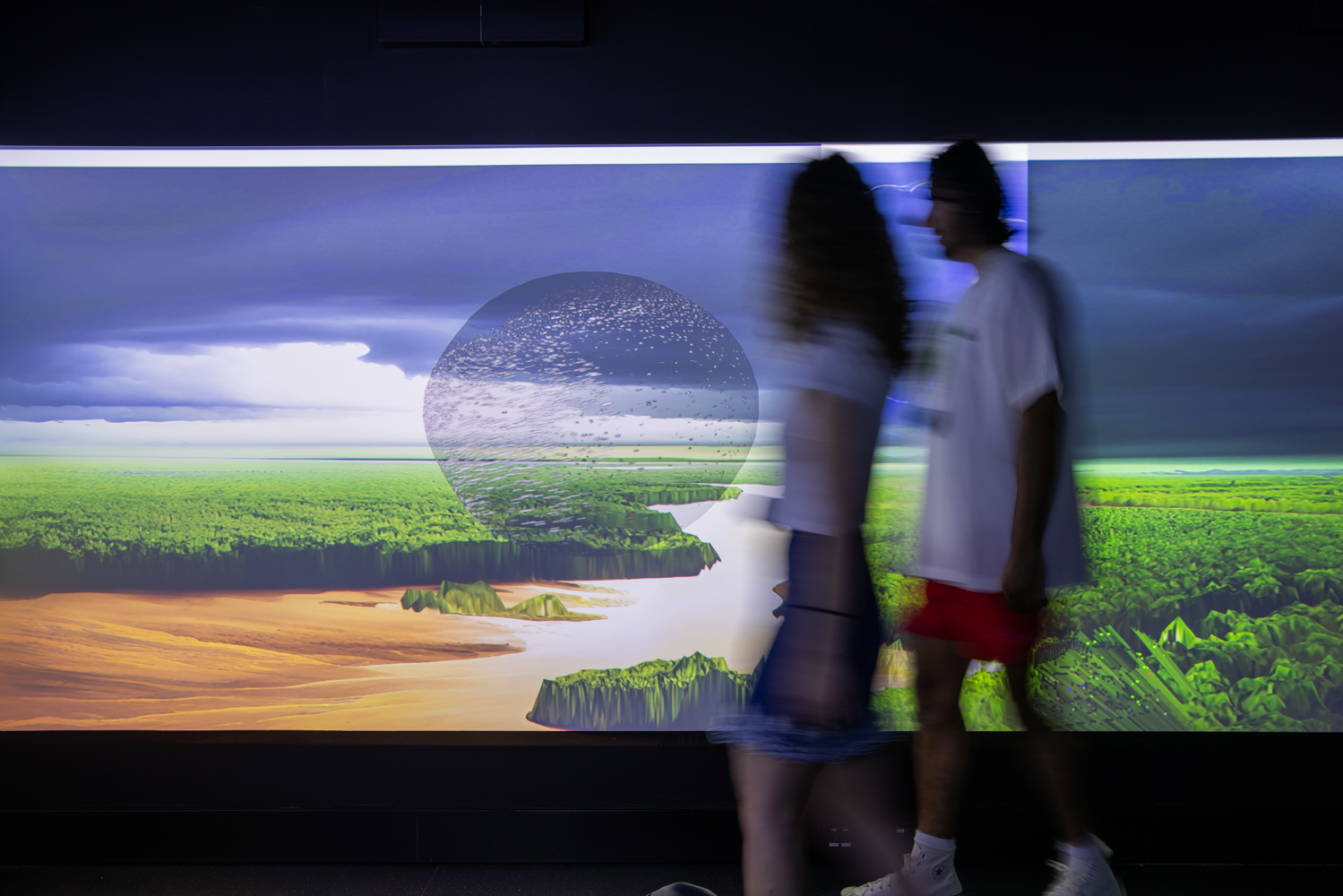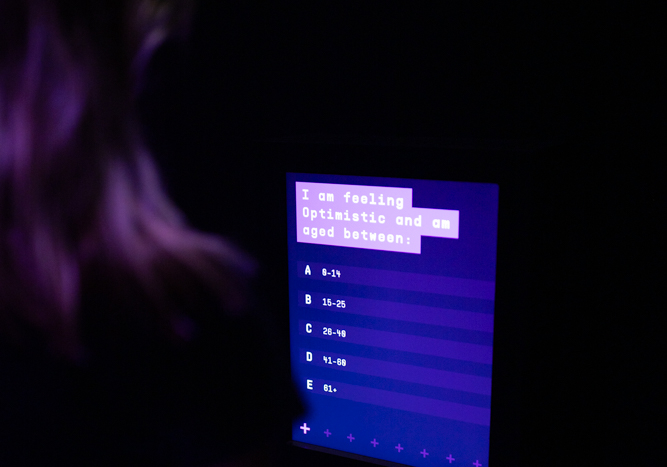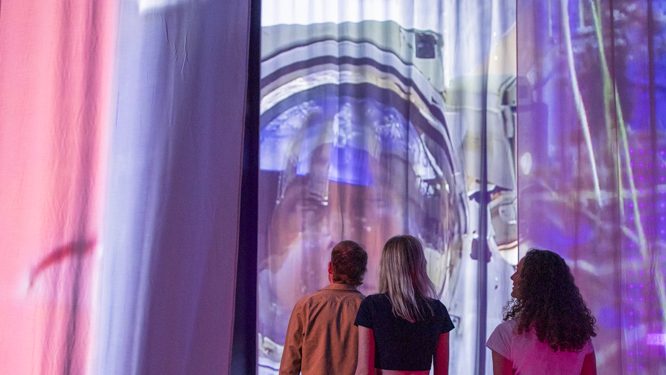Interested in accounting for spending? Make it a career with UniSA
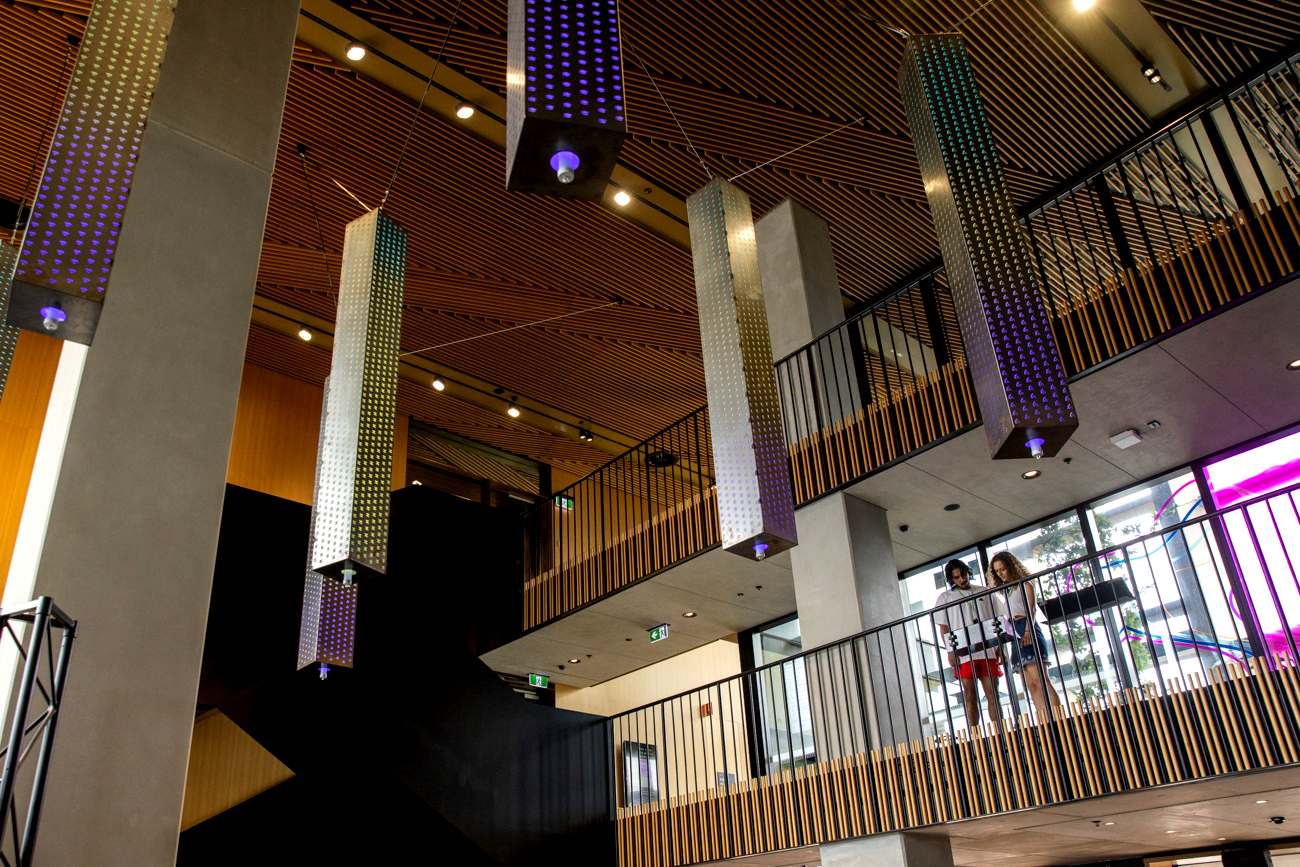
Exhibit Details
Open JanNov 2024
- What if we spent it your way?
- Delve Deeper
Healthcare, public transport, education, infrastructure. We all like this stuff, but what’s the best way to pay for it?
We spend varying amounts of money on the things that keep our society running. Some parts of our society have lots of public funding, like the healthcare system. Some parts are privately funded, like transport. And for some parts we depend heavily on volunteers, like caring for our young and old.
What does our spending tell us about the things we value as a society? How might we improve this system? In this interactive visualisation installation, you have the power to change the balance of public, private and volunteer contributions to the universal services we use everyday. Spend wisely.
Have you heard the phrase ‘eat the rich’? Increasingly, people are concerned with capitalism, wealth and class. Associate Professor Tony Cavoli, spoke to us about young people’s frustration with this system. For Tony, capitalism, while imperfect, is not broken. It does more or less what it should do; divide societal resources into those areas where they are likely to be best put to use. He said it’s possible that the real issue young people might be identifying in the failure of capitalism is more to do with the functioning of liberal democracies.
Professor Andrew Beer told us that societies celebrate the things they value. Andrew referenced the opening of the London 2012 Olympic Games. A significant part of the Opening Ceremony was dedicated to celebrating the National Health Service.
Our tax sculpture exhibit is about spending and universal services. It reveals nuances about how the economy interacts with our society. In our interactive visualisation exhibit about spending, we are asking you, how should we pay for things that matter?
Once you respond, you can compare your allocation of spending with the numbers for the actual spend. This data has come from some deep digging into many different government reports to find the percentage of Gross Domestic Product (GDP) spent in each area. There was a little extrapolating to get three figures for each category, but we know that these figures are roughly correct. When you see that 92% of childcare is funded by volunteer hours, you might not be that surprised. But when you see that 37% of our healthcare system is supported by volunteer hours, it might make you double take.
Perhaps changes could be made to create a system based on your desired balance of public, private and volunteer contributions. Tell us, how would you divide this spending?
Read
- About how a UK charity foundation wants to abolish itself and give away £130m
- Discover doughnut economics
- View the average Australian salary
Listen
Accessibility
Credits
- Mapped Design Lighting Sculpture


